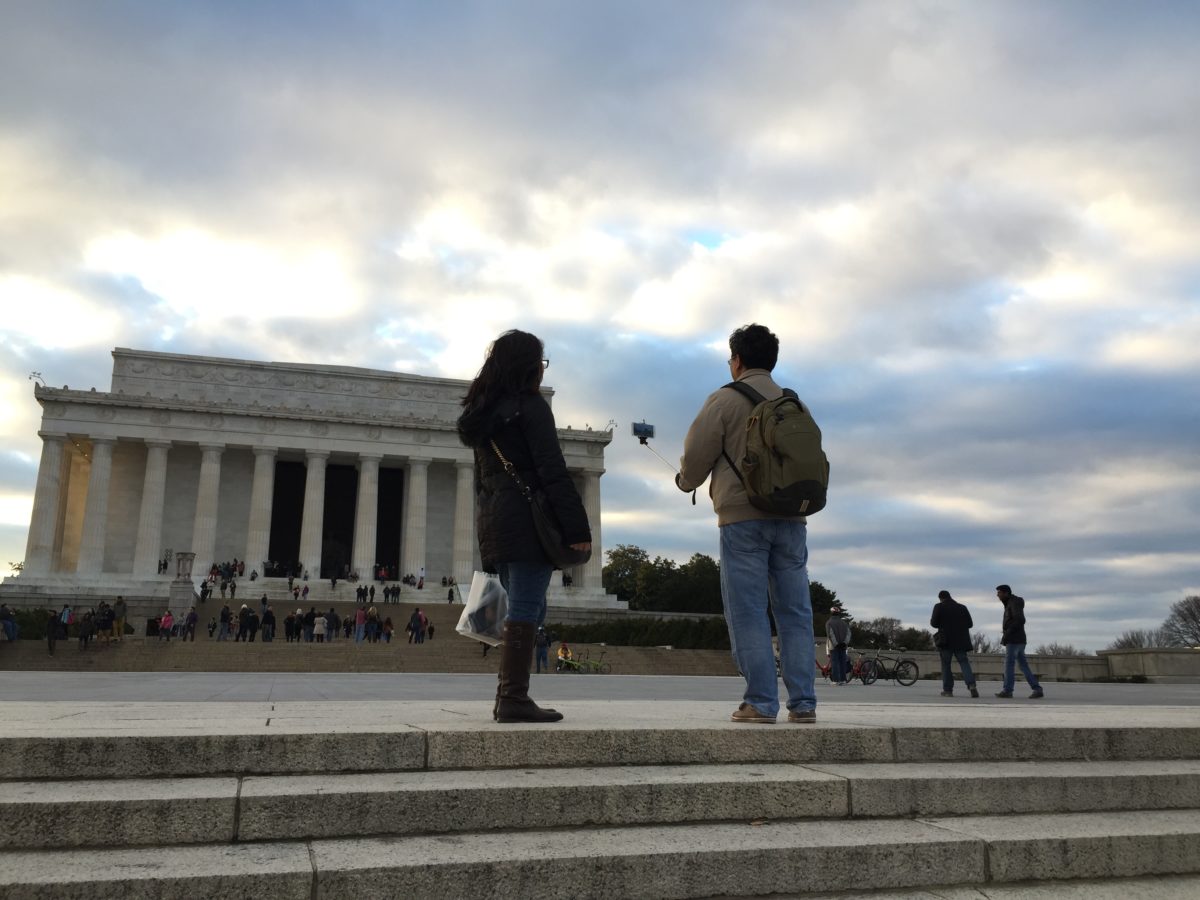There’s a lot to be unpacked in the 2016 Fosterly Regional Startup Census, the official report on which was released last week.
The census, which Fosterly hopes to do yearly from here on out, gathers data from a total of 217 startups in the DMV area, asking questions about the companies funding, founders, industry and more. It provides a lot of totally new numbers behind what’s happening in the region’s startup scene, and as local innovation enthusiasts we’re pretty stoked about that. We’ll surely be doing lots of reporting, aided by these numbers, in the months to come.
But for the moment we want to talk about just one number: 13.9 percent. That’s the percentage of DMV area founders the Fosterly report identifies as having foreign places of birth.

DMV area founder origins. (Screenshot)
On Friday afternoon, President Donald Trump signed an executive order barring all immigrants from seven different majority-Muslim countries for the next 90 days (the order also includes some other bans that last longer). As Vox put it, the order “lays the groundwork for a fundamental shift in how the U.S. allows people to enter the country.”
Now, we’re sure that the 13.9 percent of area founders (which, by the way, is a significant percentage — the same as founders that hail from the District itself) come from all over the world, under a vast array of different circumstances. The Fosterly report doesn’t go in depth on specific founder origin. Still, that’s 13.9 percent of the region’s innovators and creators and small business owners who decided, for whatever reason, to move here. And once they did they got to work, and the region is undoubtedly richer for this. Trump’s recent executive order, however, makes it much more difficult (if not impossible) for more would-be-local entrepreneurs to make this same decision.
Need yet another example of the real toll of a ban like this? Consider that 13.9 percent.
Before you go...
Please consider supporting Technical.ly to keep our independent journalism strong. Unlike most business-focused media outlets, we don’t have a paywall. Instead, we count on your personal and organizational support.
3 ways to support our work:- Contribute to the Journalism Fund. Charitable giving ensures our information remains free and accessible for residents to discover workforce programs and entrepreneurship pathways. This includes philanthropic grants and individual tax-deductible donations from readers like you.
- Use our Preferred Partners. Our directory of vetted providers offers high-quality recommendations for services our readers need, and each referral supports our journalism.
- Use our services. If you need entrepreneurs and tech leaders to buy your services, are seeking technologists to hire or want more professionals to know about your ecosystem, Technical.ly has the biggest and most engaged audience in the mid-Atlantic. We help companies tell their stories and answer big questions to meet and serve our community.
Join our growing Slack community
Join 5,000 tech professionals and entrepreneurs in our community Slack today!

The person charged in the UnitedHealthcare CEO shooting had a ton of tech connections

From rejection to innovation: How I built a tool to beat AI hiring algorithms at their own game

Where are the country’s most vibrant tech and startup communities?


